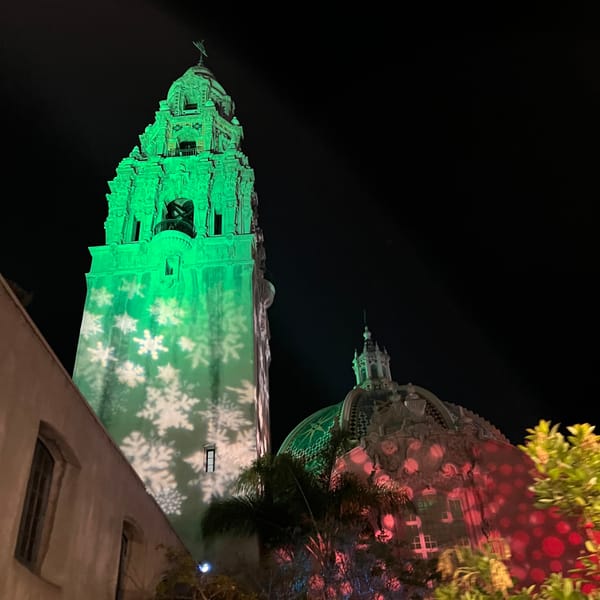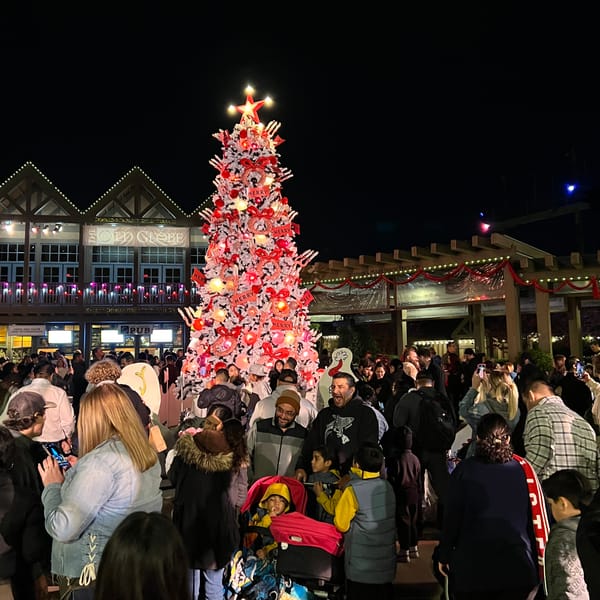San Diego's redlining legacy revealed through ‘Beyond the Line’ art and storytelling
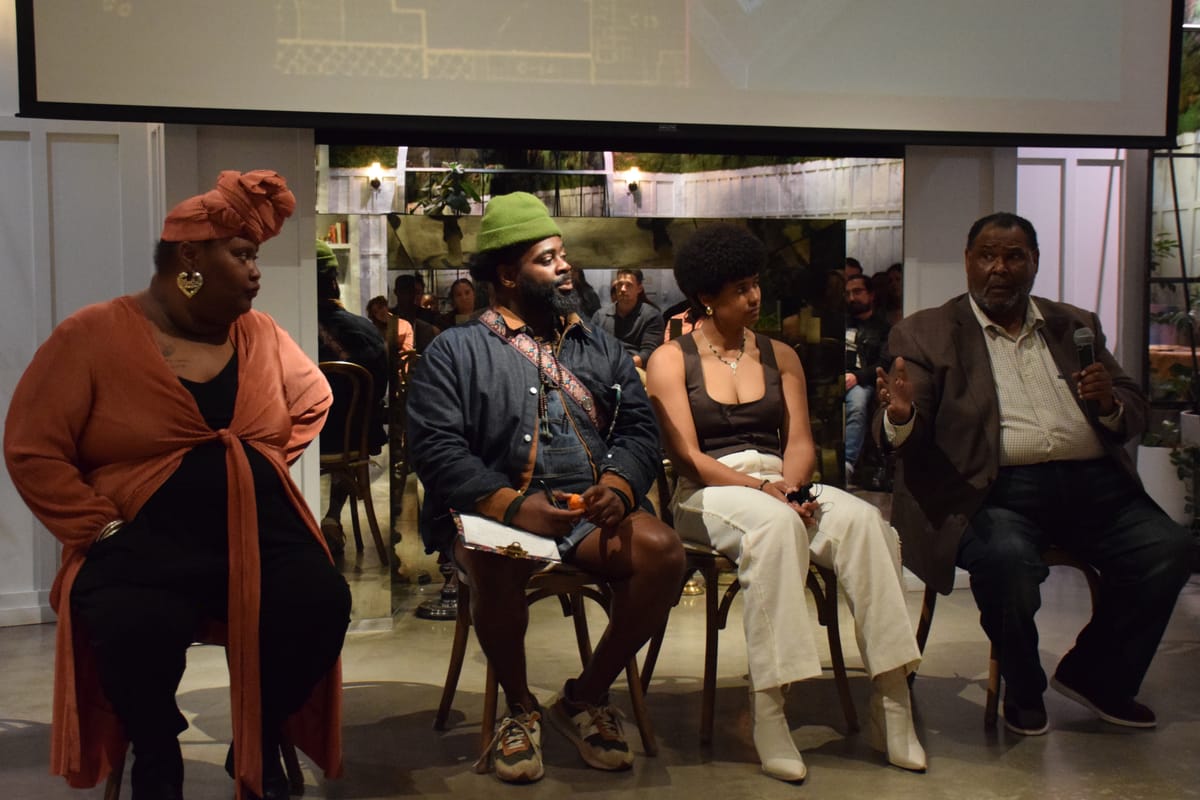
Filmmaker Rose Sanchez shows how systemic racism impacts home purchasing as part of her residency for the San Diego Made Factory.
Written by Lauren J. Mapp, Edited by Kate Morrissey
A three-part event series is spotlighting how redlining and systemic racism continue to shape homeownership in San Diego.
Created by filmmaker and real estate agent Rose Sanchez as part of her residency with the San Diego Made Factory, the “Beyond the Line” series dives into the history of local Black homeownership and redlining — once legal, discriminatory practices that kept many people of color from buying homes. Sanchez also digs into what it means to reimagine housing access through the lens of art, storytelling and community education.
“We really have the power to change the narrative, to reframe,” Sanchez said. “Now more than ever in this divided world that we live in, this is the time to unite.”
The series launched with “Reframing the Narrative,” a May 3 conversation with Black San Diegans about racial disparities in homeownership. It continues with a workshop on unlocking homeownership on May 23, and the premier of Sanchez’s film “Beyond the Line" on Juneteenth.
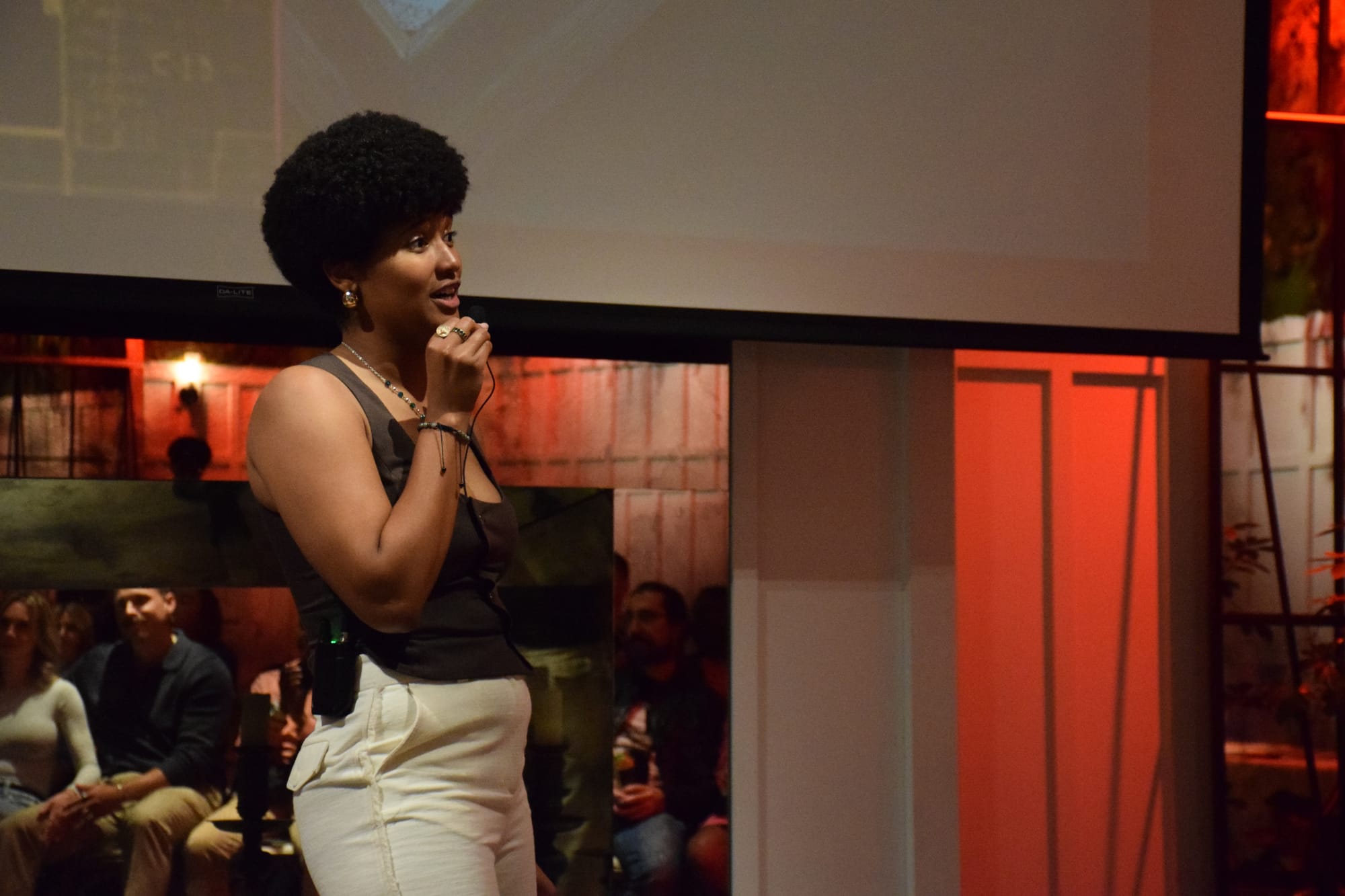
Redlining describes how banks, insurance companies and other institutions discriminate against primarily Black and other communities of color by denying people in certain zip codes mortgages and insurance coverage.
Discrimination based on national origin, race, sex, religion or disability was outlawed in 1968 by the Fair Housing Act. But communities today still face lingering effects through racial disparities in intergenerational wealth, government relations consultant Herman Collins said during his “Reframing the Narrative” talk.
“Redlining effectively blocks Black families and others from accessing mortgages,” Collins said. “You believe that where you live now was determined by your parents. Where you live now really is determined by zoning activities that started and predated everybody all the way back to the 1920s.”
In developing the project, Sanchez curated an ongoing conversation to show how past policies connect to present-day realities. During the upcoming workshop on unlocking homeownership Friday, local lenders and realtors will discuss ways to make home buying more accessible for many communities of color, especially artists, freelancers and entrepreneurs. The evening will include guidance on qualifying for a mortgage for creative professionals who might not have a consistent, weekly salary.
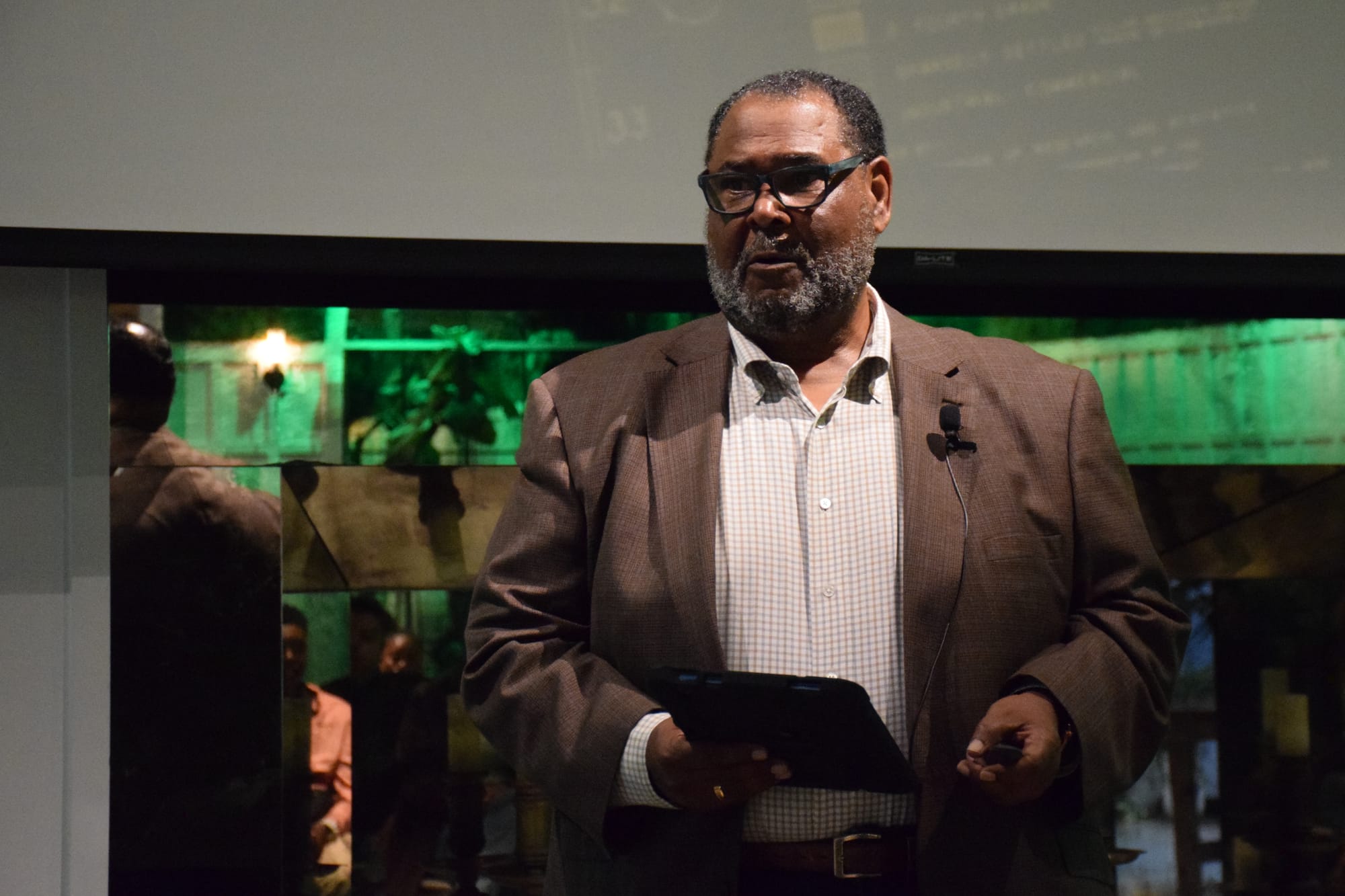
Sanchez will wrap up the series on June 19 through her preferred art form: film.
“The amount of influence that film has on the subconscious really needs to be appreciated and pronounced more than it is already,” Sanchez said.
Sanchez used the history behind redlining to launch her reframing of how communities of color can navigate the housing market.
While redlining was made illegal more than 50 years ago, its legacy is still evident in modern homeownership patterns across the region and beyond.
County data show that in 2021, more than half of White (58.4%) and Asian (57.2%) heads of households in San Diego lived in owner-occupied homes. In contrast, homeownership rates were significantly lower among all other racial groups — just 48.8% for American Indian or Alaska Native households, 37.7% for Hispanic or Latino households, 25.1% for Black households, and 23.1% for Native Hawaiian and Pacific Islander households.
Nationally, the homeownership gap has only widened between Black and White households since the Civil Rights Movement.
According to an analysis of U.S. Census data by the National Community Reinvestment Coalition, a group of nonprofits that conducts research and grantmaking to support housing equality, in 1960, when segregation was still legal, there was a 27.3% gap in homeownership between Black and White Americans. The gap hit its lowest point in 1990 at 19.5%, but by 2020, the gap had grown to 29%.
“In a lot of ways, we're going backwards, especially in real estate, and that's exactly why I designed this artist residency around real estate, around redlining, around these topics that we need to speak about,” Sanchez said.
Collins, who is retired, said that for younger generations, connecting with their bankers will be important when it comes to entering the housing market and securing home loans.
“Credit isn't always important,” he said. “Let me tell you something about internet banking: It redlines as well (through) the algorithms.”
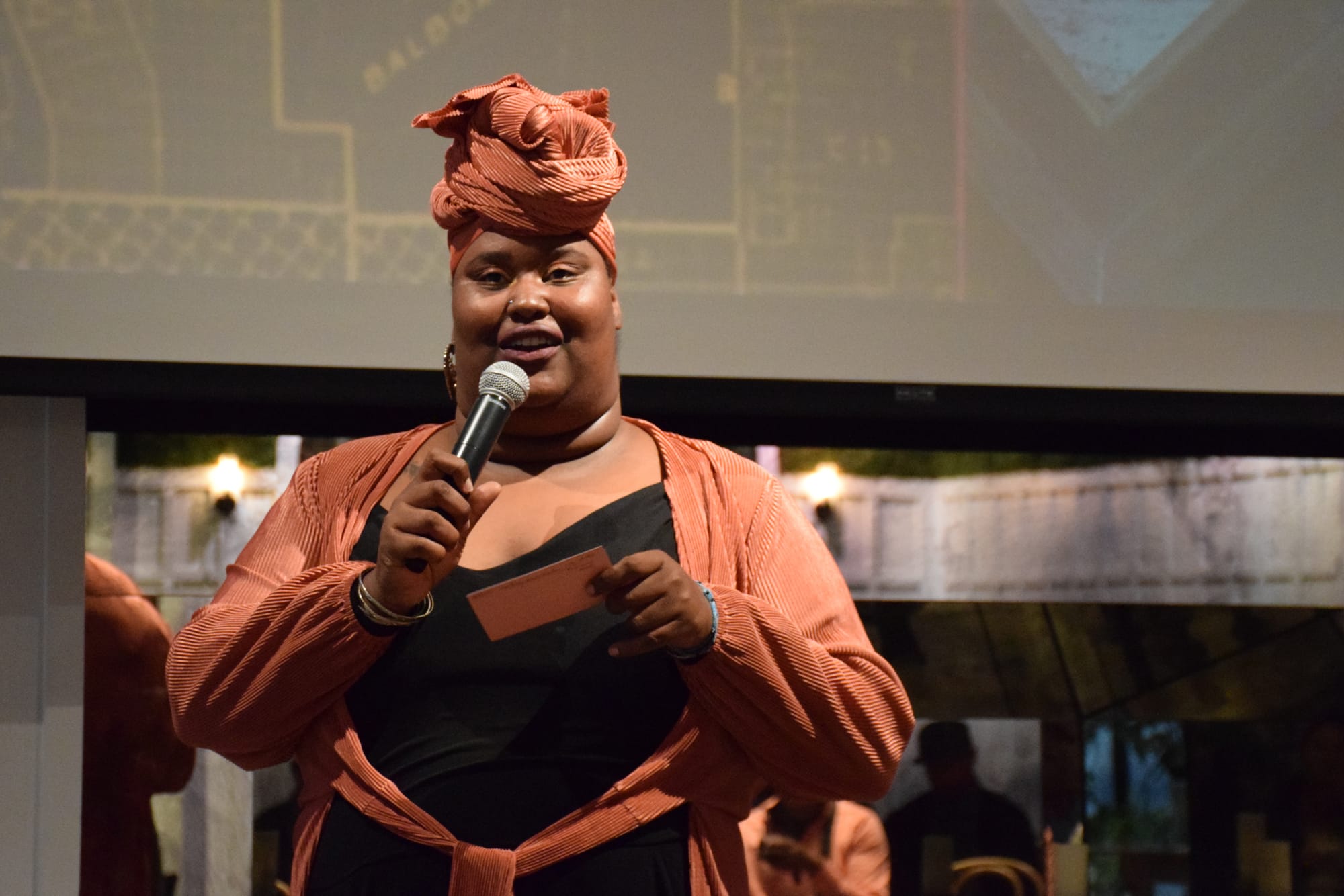
While the numbers tell part of the story, featured speakers during “Reframing the Narrative” shared their lived experiences navigating San Diego housing.
Local artist Kelsey O. Daniels, who performed some of her poetry during the event, asked the audience to think of all the former San Diegans who were not in the room, in part because they were priced out of the local housing market.
“San Diego has seen a very drastic change in demographics over the years — the opposite of the Great Migration,” Daniels said, referring to the mass movement of Black Americans from the rural South to other parts of the country in the early to mid-1900s.
CalMatters reported last year that while 17% of Black Californians lived outside of urban centers like San Diego in 2000, that has since increased to 25%.
In her spoken word performance, Daniels recalled a time before gentrification when neighborhoods felt more like extended families. She called for a “revolution” that would mean returning to those idyllic times through purposeful community building.
“Revolution is mutual aid,” she said. “It looks like car washes and rallies, public comment and publishing readings, and my grandparents never cooking in small quantities, so there was always enough to send over a plate to so and so's house.”
Artist and storyteller Ramel J. Wallace shared memories of growing up in South Logan Heights and Barrio Logan and honored the three women he credits with shaping him into the man he is today — his grandmother, mom and aunt.
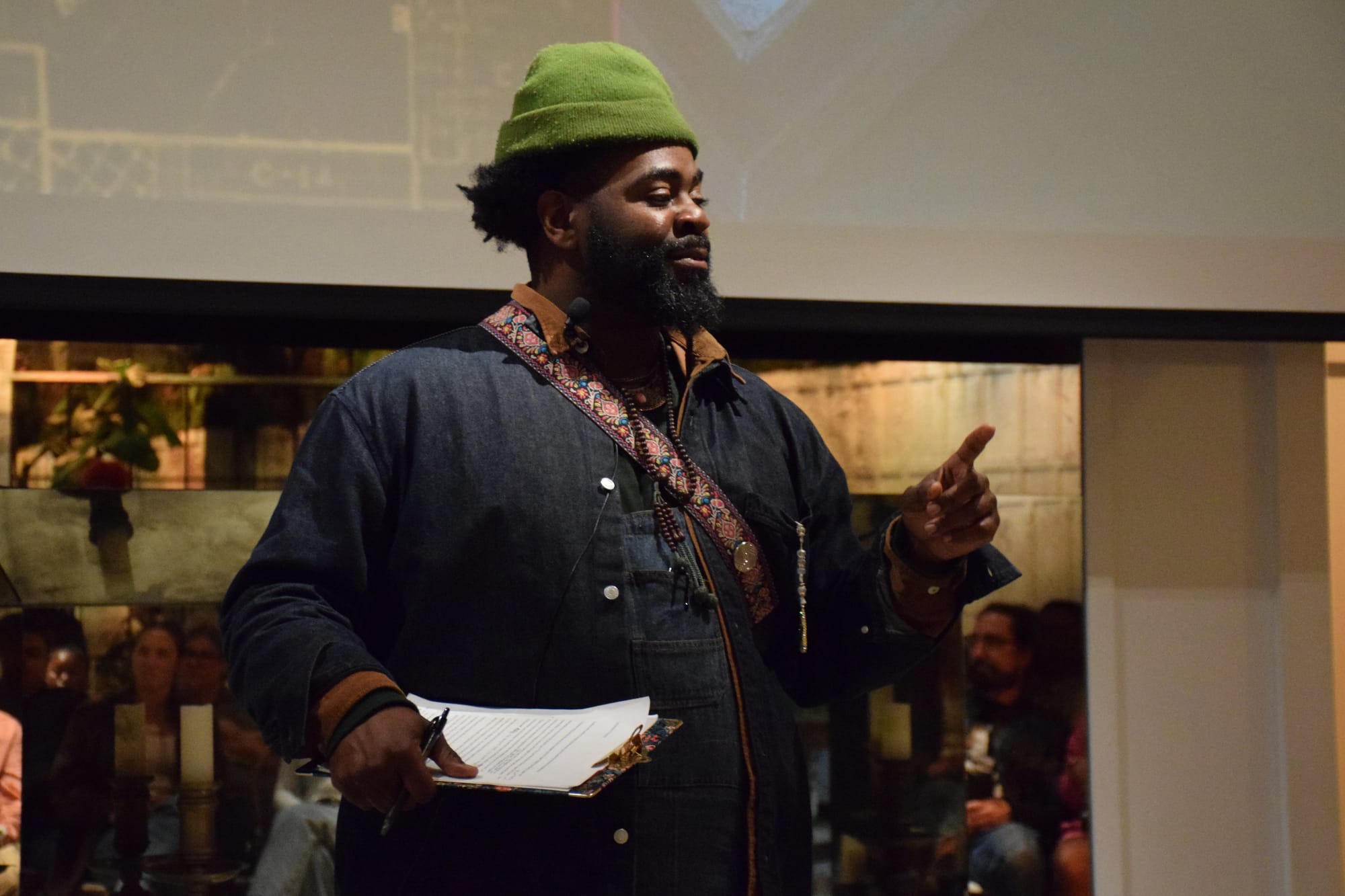
While weaving in and out of rap verses, he spoke about discovering layers of family history hidden in plain sight, including realizing the yellow house he passed daily on his bike had been home to four generations of his family.
“Excavating your history is a way to honor it,” Wallace said. “I tell these stories to honor these women that have fought through everything so that I can be here.”
Now as a National City resident, Wallace is living in the historical Brick Row on A Avenue.
Thinking about his family history and ancestors inspired Wallace’s long-term goal to purchase the home he currently rents by setting up a nonprofit land trust. Doing so would allow him to tell the story of Brick Row while also using the space to host communal events and create a community garden.
“I think it’s powerful that life brought me here, and I’m responding to that in real time,” Wallace said.
He said living there feels particularly impactful because when the replica of the Philadelphia-style houses was built in 1887 — just over two decades after slavery legally ended in the United States — it originally housed wealthy railroad executives.
“Now, Black and Brown folks are living in them,” Wallace said. “History isn’t just something I love, it’s talking and showing us what the future can be.”
Upcoming Events
Creative Keys: Through this free workshop, artist and filmmaker Rose Sanchez aims to empower artists, freelancers and entrepreneurs with tools to navigate the homebuying process. Local lenders and realtors will share guidance on budgeting, building financial stability and qualifying for a mortgage with fluctuating income. Friday, May 23, 6–8:30 p.m., 2031 Commercial St., San Diego, CA 92113
“Beyond the Line”: Filmmaker and real estate agent Rose Sanchez debuts her new short film to close her residency with the San Diego Made Factory. The night will include live music from the film’s composer, poetry by Ashley Nicole and a post-screening artist panel. Thursday, June 19, 6-9 p.m. 2031 Commercial St., San Diego, CA 92113


